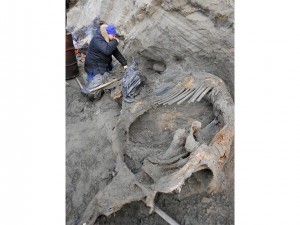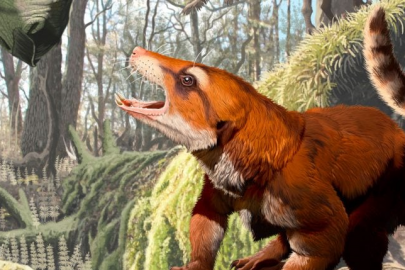Plenty of previous evidence shows that humans hunted mammoths during the late Pleistocene, with some studies arguing that our species hastened the mammoths’ extinction.
However, a Siberian discovery shows a mammoth hunt high in the Arctic around 45,000 years ago, almost ten millennia before humans were thought to have walked that area.
According to Pitulko, of the Institute for the History of Material Culture (IHMC), initially it was believed that humans crossed the “bridge” into North America sometime between 25,000 and 13,000 years ago, around the end of the last glacial maximum. But at least now we know that humans were in the area.
For Pitulko and his colleagues, although the site has not yielded any human-made tools, the mammoth’s bones showed signs of trauma that were immediately recognizable as being made by human weapons.
If the findings are verified, it could mean the ancestors of modern humans left Africa earlier than previously thought, says Leonid Vishnyatsky, a Paleolithic archeologist at IHMC who was not involved in the study.
Pitulko says there is no doubt in his mind that the hunters were modern humans.
For IHMC’s Vishnyatsky, the intriguing question now is what could have driven early humans to such a remote region. “It seems unlikely that such factors as land shortage and demographic pressure were at work in North Eurasia at that time,” he says.
The answer might simply be that the Arctic was not as harsh as it is now, so humans readily used their advances in mammoth hunting techniques to follow their prey farther north.






































